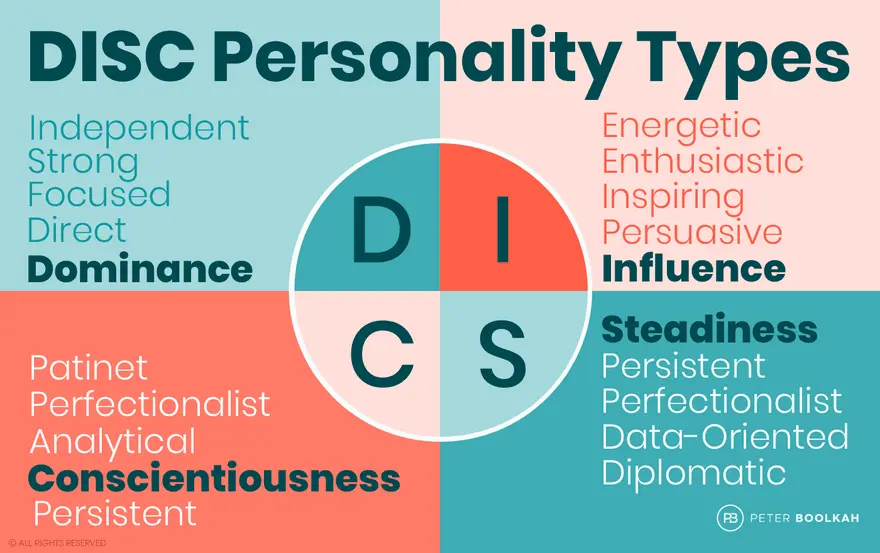Positive attitude, negative attitude
- partedu

- Jul 22
- 3 min read

Attitude: Positive vs. Negative
Attitude is a psychological state of mind. Depending on time and circumstances, a person’s attitude can change. This change can easily be identified in their behavior — in how they talk, act, and react. In most organizations, employees' attitudes can reflect their sense of loyalty toward the organization.
Attitude is shaped as a result of learning, modeling others, and direct experiences with people and situations. Attitudes influence our decisions, guide our behaviors, and affect what we selectively remember. Attitudes have varying levels of intensity and, like most things, they can change over time.
Even the most talented and skilled employee may perform poorly if they have a negative attitude in the workplace. On the other hand, employees who are committed and positively engaged often put in tremendous effort — even if they lack exceptional talent or skills. Organizations today are increasingly aware of the importance of attitude. More than ever, they invest in cultivating the right attitude among their employees.
“A positive attitude gives you power over your circumstances instead of your circumstances having power over you.”— Joyce Meyer
Does a happy employee always perform better? Not necessarily. Sometimes, people's attitudes can cause distractions and negatively influence others. It is the responsibility of management to control these factors and prevent negative attitudes in the workplace.
Some key components that can influence employee attitudes include:
Job satisfaction
Engagement
Emotional connection
Personal issues
1. Job Satisfaction
Job satisfaction is one of the core drivers of employee attitude. When employees enjoy their work, they are confident in their abilities to succeed and value the roles assigned to them. They are more likely to exhibit a positive attitude at work.
When an organization seeks candidates to fill a job position, it often focuses on the most skilled or experienced individuals, regardless of whether they are passionate about or suited for the role. For example, a candidate who has deep industry knowledge but prefers R&D may not be ideal for a marketing or sales role. If the candidate lacks genuine interest, hiring them for such a position could be a risky decision. Even if they possess the required skills, placing them in the wrong role may hinder both the employee's and the organization's growth.
2. Engagement
Employee engagement refers to a blend of satisfaction, dedication, and motivation. When employees feel satisfied in their role, it shows in their behavior. They tend to grow in areas aligned with their skills, interests, and professional goals. Their commitment and effort boost their productivity and foster a positive outlook toward work.
3. Emotional Connection
Emotional connection is not a legal agreement — it’s a mutual understanding between managers and employees about what they expect from one another. When employees perceive their managers’ behavior negatively, that emotional connection breaks down. This disconnect can diminish engagement and job satisfaction, leading to a negative workplace attitude.
4. Personal Issues
Negative attitudes in the workplace can also arise from personal or family-related problems. If left unsupported, these issues can affect an employee’s performance. However, with proper support, it’s still possible to help them overcome these challenges and manage their attitude toward work more effectively.
In most cases, a good attitude leads to positive behavior, while a negative attitude results in poor behavior. An employee who believes in the core values of the company is more likely to behave positively at work. Organizations where employees like each other and trust management tend to have a more positive environment. Employees with a positive mindset are generally more productive and show fewer instances of absenteeism and turnover.
However, when employees are expected to work long hours regularly without additional incentives, negativity may set in quickly, affecting the organization’s overall performance and productivity. Prevention is the best approach to addressing employee attitude. Rather than waiting for negativity to arise, organizations can proactively shift attitudes using various strategies.
When management listens to employees' concerns and responds accordingly, negativity in the workplace decreases. Therefore, establish open communication and pay attention to both the professional and personal concerns of your employees.
The Difference Between Positive and Negative Attitudes
People with a positive attitude are fundamentally different from those with a negative attitude. These differences can be described as follows:
People with a positive attitude overcome challenges and avoid self-destruction.
They are open to feedback and welcome constructive criticism.
They appreciate others’ efforts and avoid arrogance.
They are always learning and avoid acting like a know-it-all.
They celebrate others’ success and steer clear of jealousy.
They take responsibility for their actions and avoid blaming others.
They embrace new experiences and avoid falling into monotony.
They apologize when necessary and avoid stubbornness.
They are considerate of others and avoid selfishness.
They are mindful of others' feelings and avoid being opportunistic.
They help others and avoid being self-centered.
Source:Faghihipour, Javad; Jannati, Hamed; Mohammadi, Vahid; Mahmoudi, Yasaman (2021). Start with Yourself...! Tehran: Darolfonoon Publishing House, First Edition.




Comments